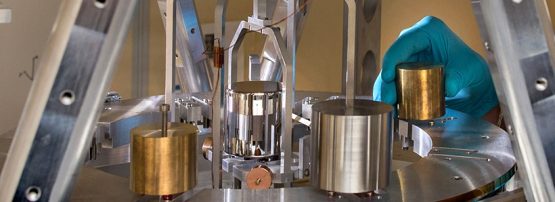
The story begins with RSSAC047, an advisory from the Root Server System Advisory Committee that defined a set of metrics to evaluate both individual DNS root servers and the system as a whole. Approved in 2020, ICANN implemented the metrics in code and deployed them at 20 measurement points worldwide.
To assess how well this new system was working, two root server operators, ISC and Verisign, commissioned SIDN Labs, part of the Dutch organization that runs the .NL ccTLD. Their task was, essentially, a ‘measurement of the measurement’.
In this episode of PING, Moritz Mullër (SIDN Labs) and Duane Wessels (Verisign) discuss what the review uncovered and what it means for the future of DNS Root Server metrics.
This is a fascinating ‘meta’ problem: How do you measure something that is itself a measurement? Similar challenges arise in medicine — for example, bone density scanners need calibration, and when tracking a patient’s results over time, clinicians must account for differences in calibration or even the specific machine used. Switch machines, and the sensitivity changes — so how do you line up the data?
Moritz’s findings showed that ICANN’s implementation of RSSAC047 didn’t fully capture the state of the DNS Root Server System. Some gaps in accuracy, along with questions about measurement scale and location, suggest that a re-implementation or further refinements are worth exploring.
- Root-Servers.org
- Monitoring highly distributed DNS deployments: Challenges and recommendations (APNIC Blog)
- RSSAC047: RSSAC Advisory on Metrics for the DNS Root Servers and the Root Server System (ICANN)
- SIDN Labs
- Verisign Labs
Subscribe and share your story
You can stream and subscribe to PING via the following channels:
If you’re interested in sharing your insights or research, please get in touch — we’re always looking for great stories from the community. Please let us know what you think of the podcast and the APNIC Blog so we can keep improving.
The views expressed by the authors of this blog are their own and do not necessarily reflect the views of APNIC. Please note a Code of Conduct applies to this blog.
